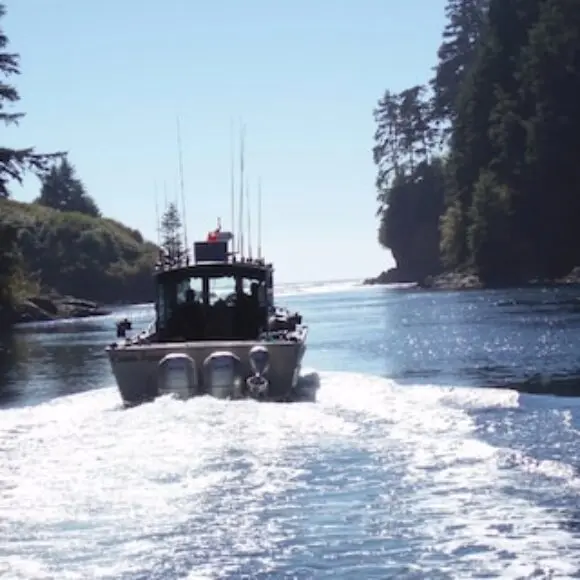Hotel Best Western Plus Pitt Meadows Inn & Suites

Best Western Plus Pitt Meadows Inn & Suites
Hotel Best Western Plus Pitt Meadows Inn & Suites reviews
Looking for a great place to stay in Pitt Meadows? Book Best Western Plus Pitt Meadows Inn & Suites; rated and is available from CAD $ 133. Best Western Plus Pitt Meadows Inn & Suites is conveniently located near ferry terminals, and can be booked directly with Trivago.
📍 Address Best Western Plus Pitt Meadows Inn & Suites
19267 Lougheed Highway, V3Y 2J5, Pitt Meadows, Canada
FAQ
Can I bring a bicycle on the ferry Vancouver from Denman Island (Hornby Island) to Buckley Bay?
Yes, bringing a bicycle on the ferry Vancouver from Denman Island (Hornby Island) to Buckley Bay is generally permitted. However, it’s advisable to review the specific guidelines and any potential restrictions by visiting the Denman to Buckley Bay bicycle transport page. Bicycles are typically boarded as foot passenger cargo, and it is best to arrive early.
What is the travel time for the ferry Vancouver route from Nanaimo (Departure Bay) to Horseshoe Bay?
The travel time for the ferry Vancouver route from Nanaimo (Departure Bay) to Horseshoe Bay is approximately one hour and forty minutes. However, it’s always best to verify the exact duration by checking the Nanaimo to Horseshoe Bay crossing times. This crossing time can be affected by weather conditions and other unforeseen circumstances.
Ferry Vancouver
The Tsawwassen to Swartz Bay route is the most popular ferry connection, linking the Vancouver area directly to Victoria, the capital of British Columbia. This 95-minute journey travels through the picturesque Gulf Islands, providing passengers with breathtaking views of islands, mountains, and marine wildlife. The route operates year-round with frequent departures, making it the preferred choice for tourists visiting Victoria’s attractions.
Environmental initiatives by ferry operators focus on reducing emissions and protecting the sensitive marine ecosystem of the Salish Sea. Modern vessels incorporate fuel-efficient technologies and waste reduction programs. Passengers can contribute to environmental protection by following onboard recycling and conservation guidelines.
Cultural experiences begin during ferry travel with onboard art displays featuring local Pacific Northwest artists. Indigenous cultural elements appear in vessel names, artwork, and interpretive displays. These features introduce visitors to the rich cultural heritage of Vancouver Island and coastal British Columbia.
Horseshoe Bay to Departure Bay offers another major ferry route connecting West Vancouver to Nanaimo on Vancouver Island’s east coast. This scenic 100-minute crossing provides spectacular views of Howe Sound and the Coast Mountains. Nanaimo serves as an excellent gateway to explore central Vancouver Island, including access to Tofino, Cathedral Grove, and numerous outdoor recreation areas.
Business travelers find ferry services convenient for Vancouver Island meetings and conferences. Many vessels offer business centers with WiFi and quiet work areas. The relaxing ferry journey provides a welcome break from driving while maintaining productivity during travel time.
Tourist information centers at major ferry terminals provide maps, brochures, and local expertise for Vancouver Island travel planning. Knowledgeable staff offer recommendations for accommodations, attractions, and activities. These resources help first-time visitors maximize their Vancouver Island experience.
Food and dining onboard ranges from casual cafeterias to full-service restaurants depending on the vessel and route. Local British Columbia ingredients feature prominently in menu offerings. Passengers can also bring their own food and enjoy meals in designated dining areas or outdoor spaces.
Pacific Northwest scenery during ferry crossings showcases the region’s dramatic coastline, forested islands, and mountain backgrounds. Photography enthusiasts find endless opportunities for capturing spectacular landscapes and seascapes. Weather conditions can dramatically change the crossing experience, from sunny clear days to mystical fog-shrouded journeys.
Ferry pricing varies by route, season, and vehicle type, with significant differences between passenger fares and vehicle transportation costs. Peak season rates apply during summer months when tourism demand is highest. Multiple pricing tiers accommodate different traveler needs, from foot passengers to large RVs and commercial vehicles.
Photography tips for ferry passengers include timing outdoor deck visits during optimal lighting conditions and bringing appropriate camera equipment for marine environments. Sunrise and sunset crossings provide particularly dramatic lighting opportunities. Zoom lenses help capture wildlife and distant mountain scenery during the journey.
Fuel and vehicle services are available at some ferry terminals, allowing travelers to prepare for their Vancouver Island adventure. Terminal locations often feature gas stations, convenience stores, and automotive services. Pre-trip vehicle inspections ensure safe travel on Vancouver Island’s diverse road conditions.




